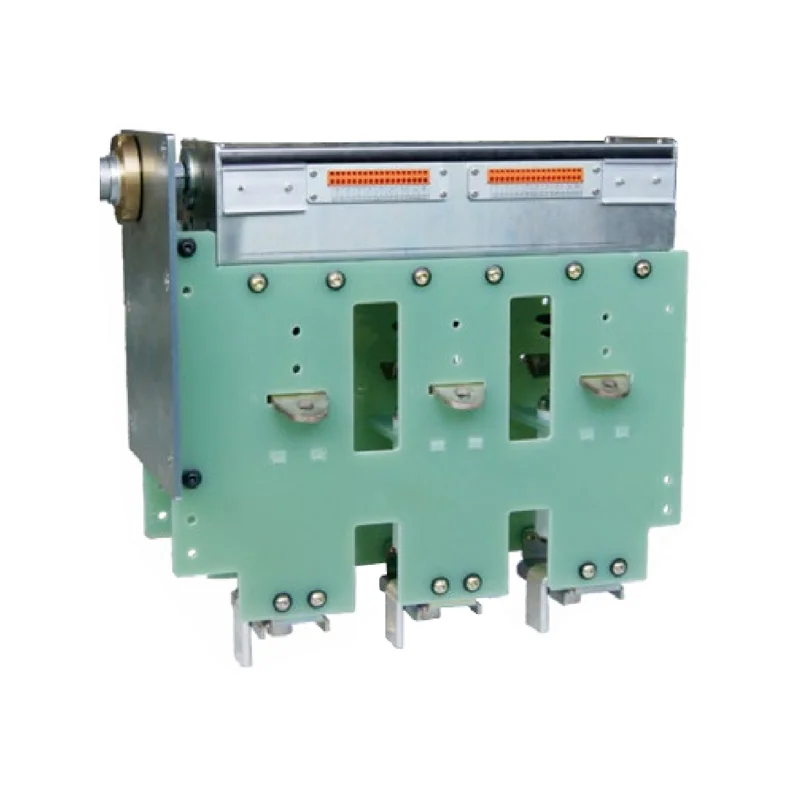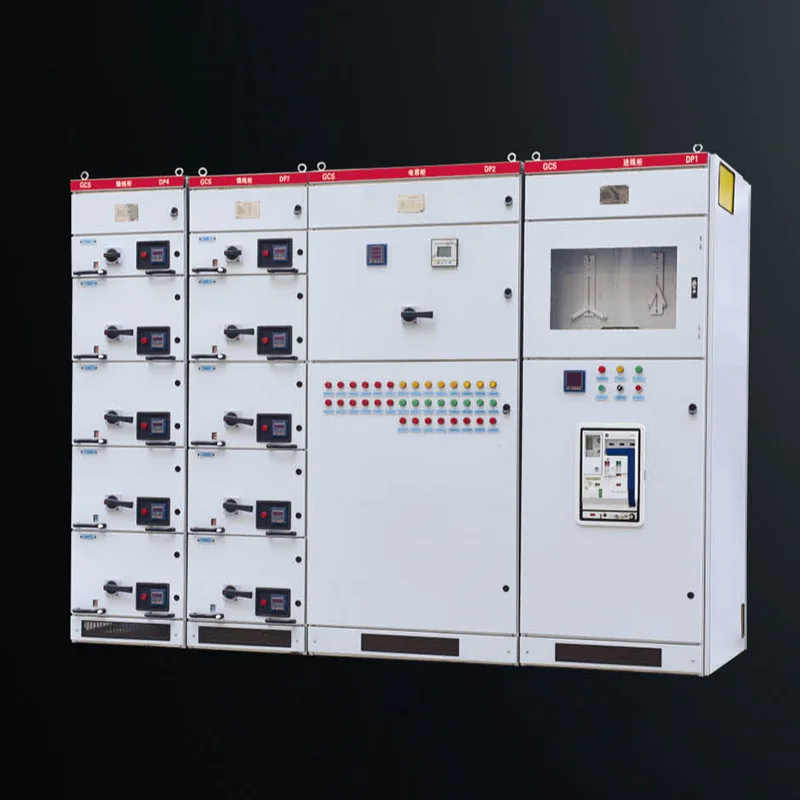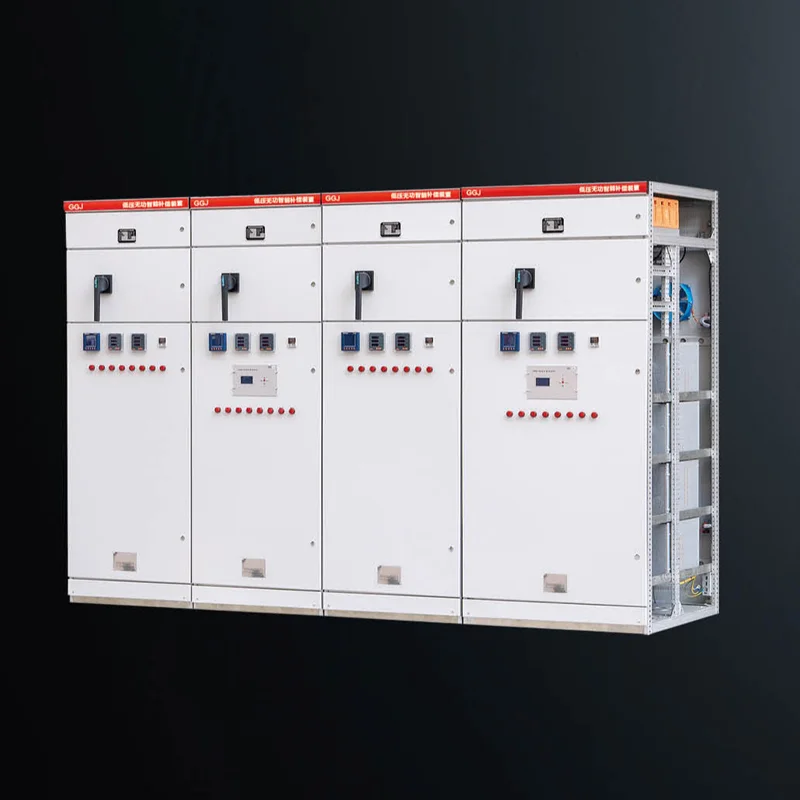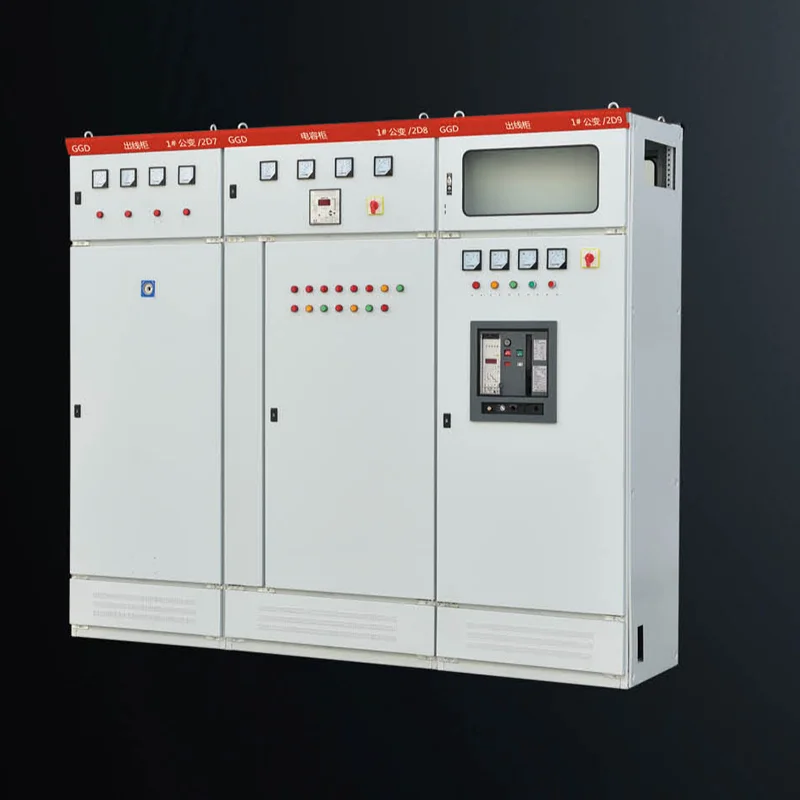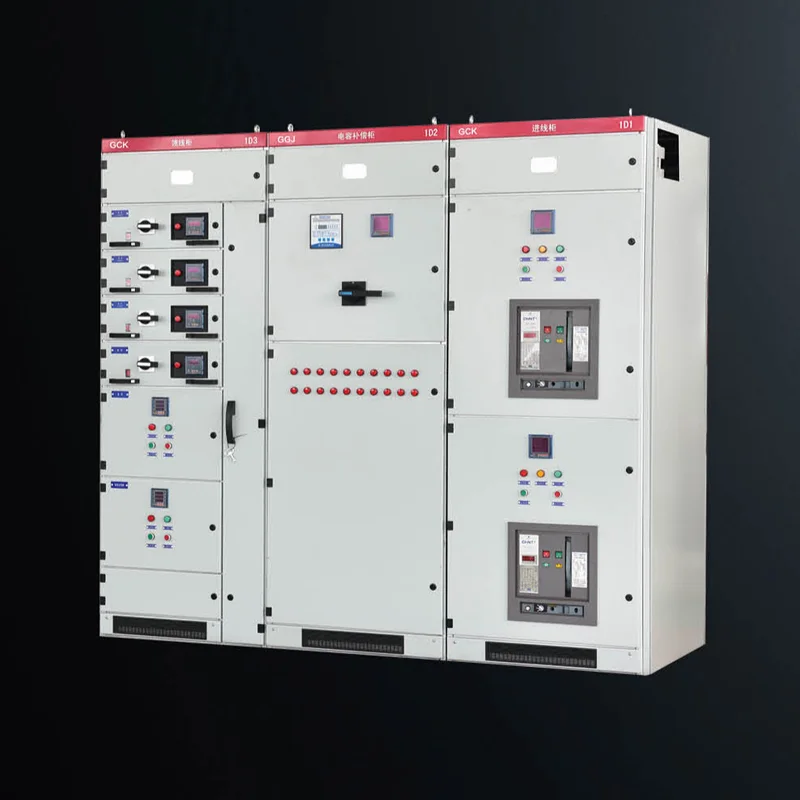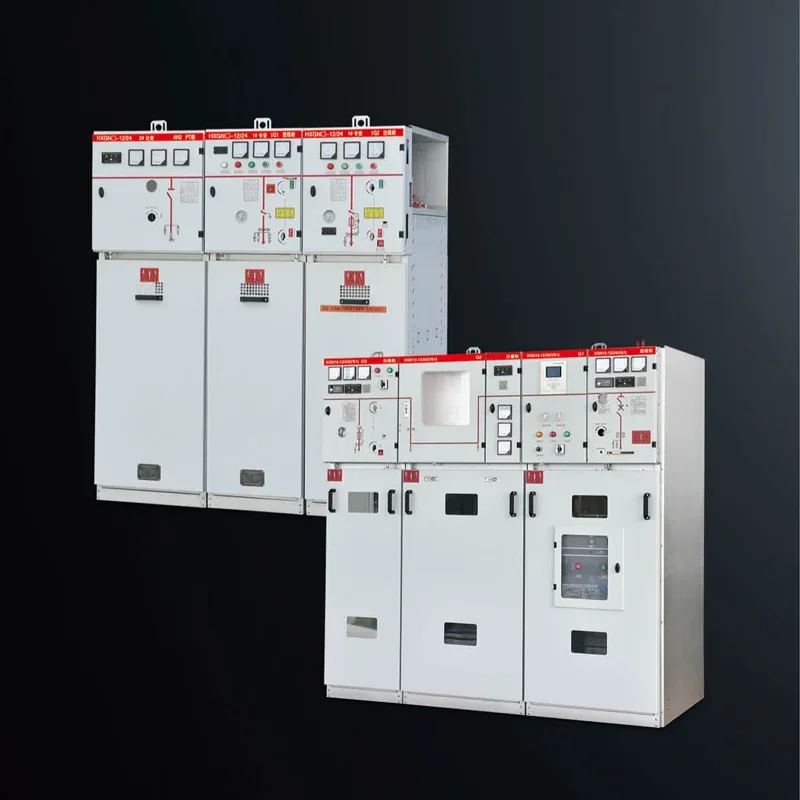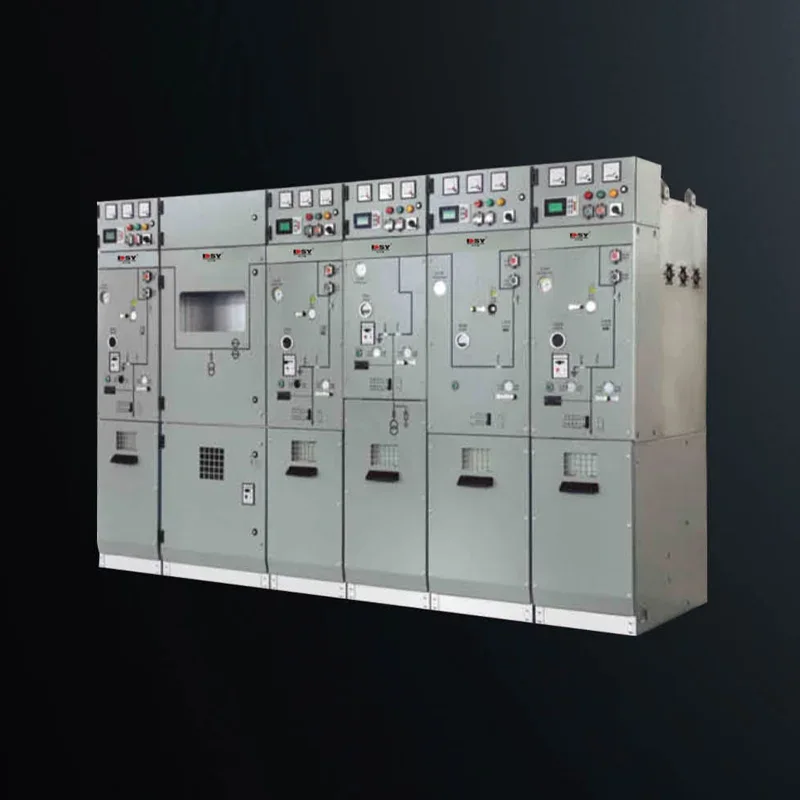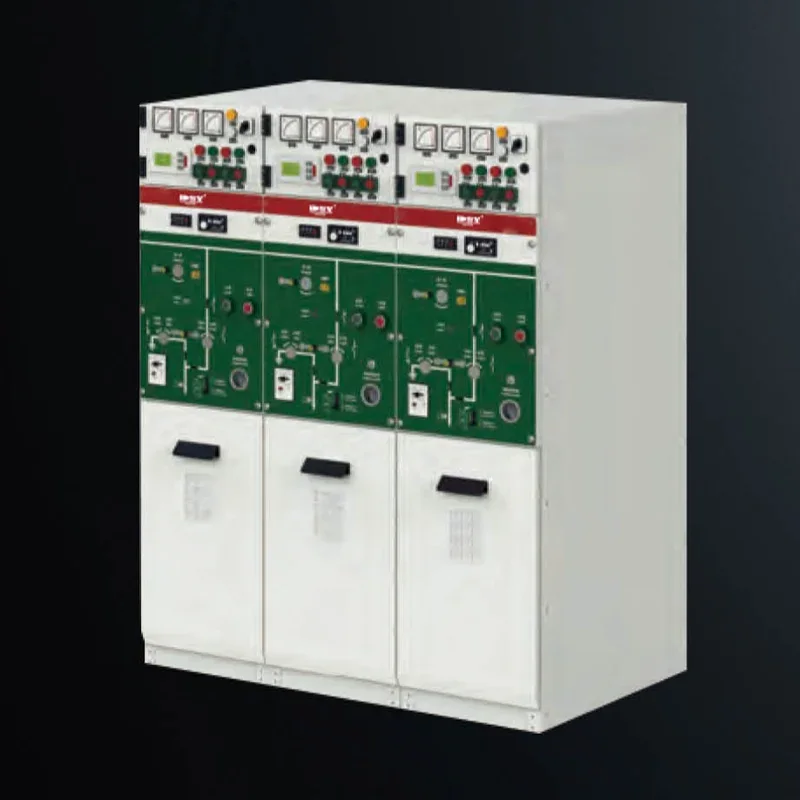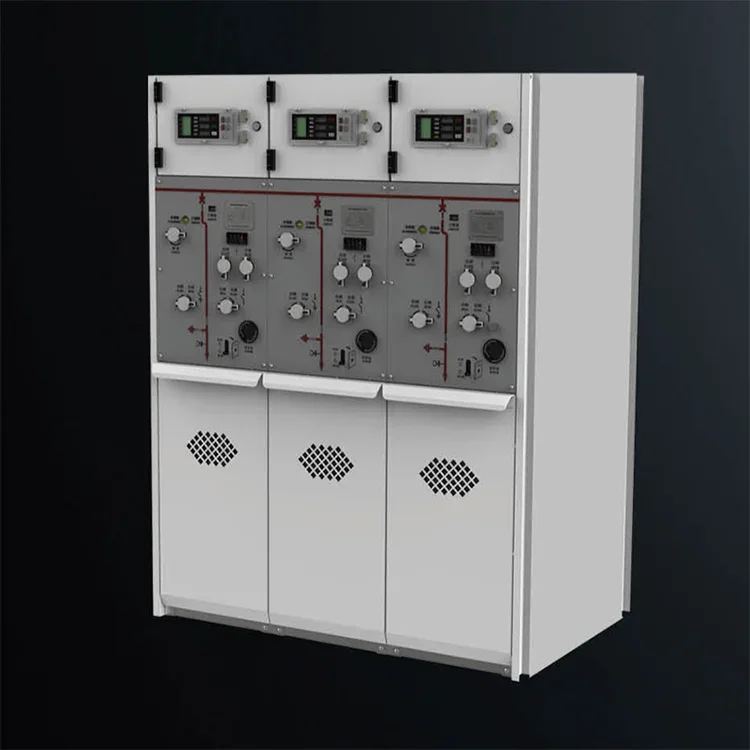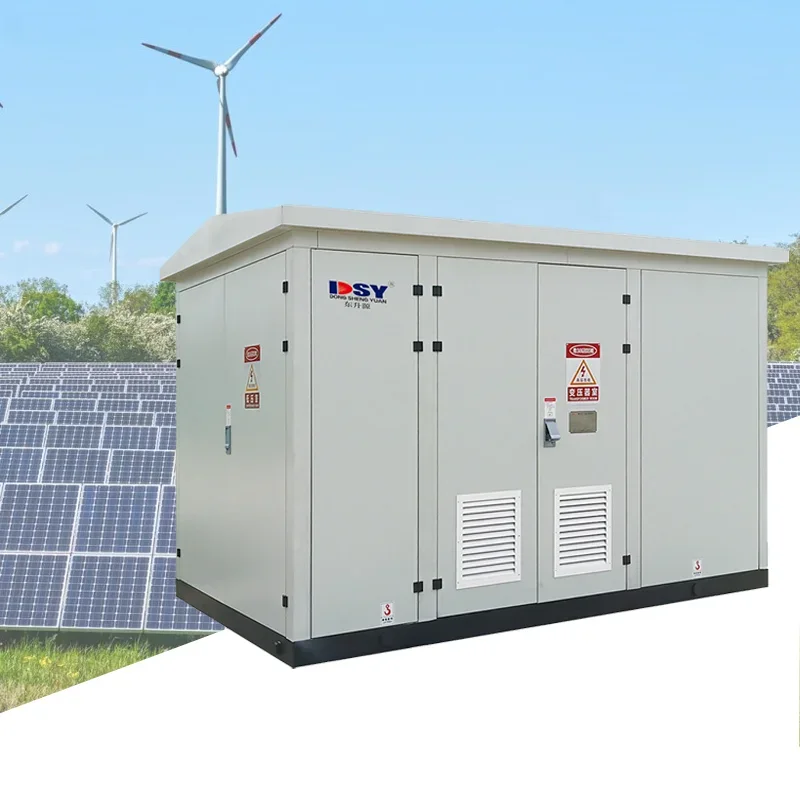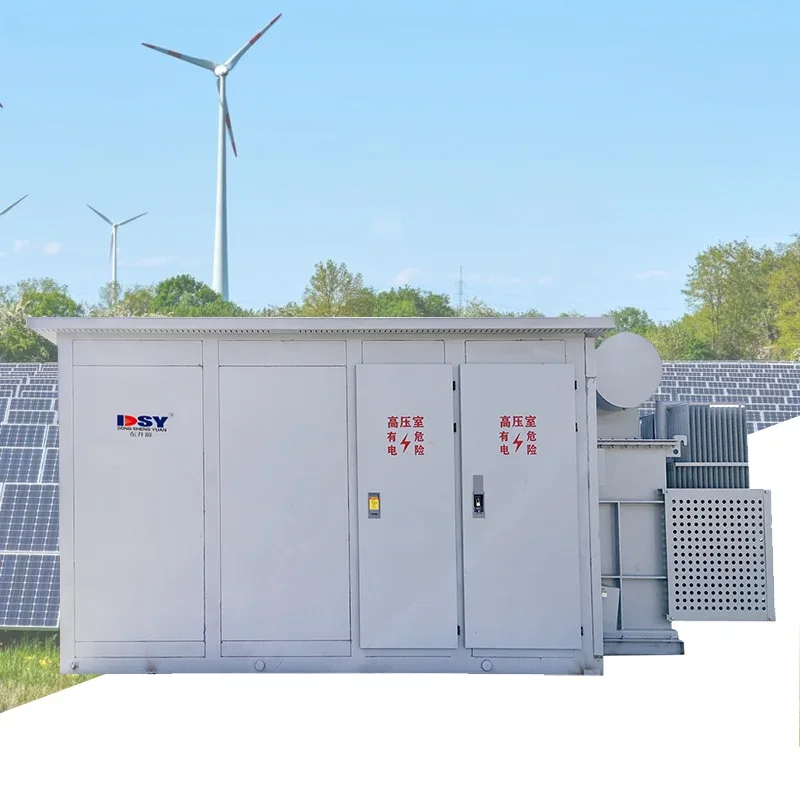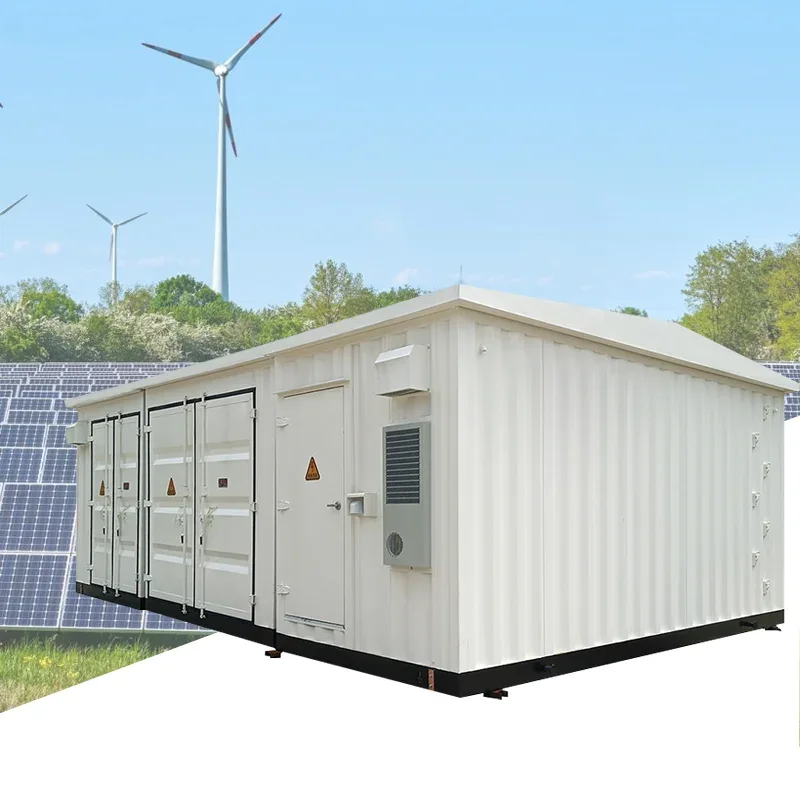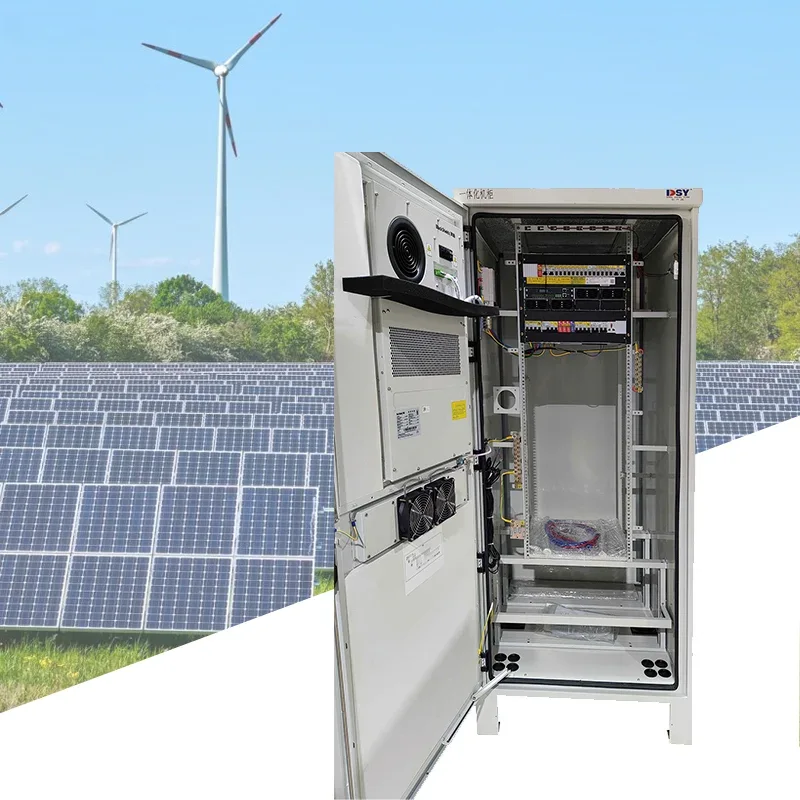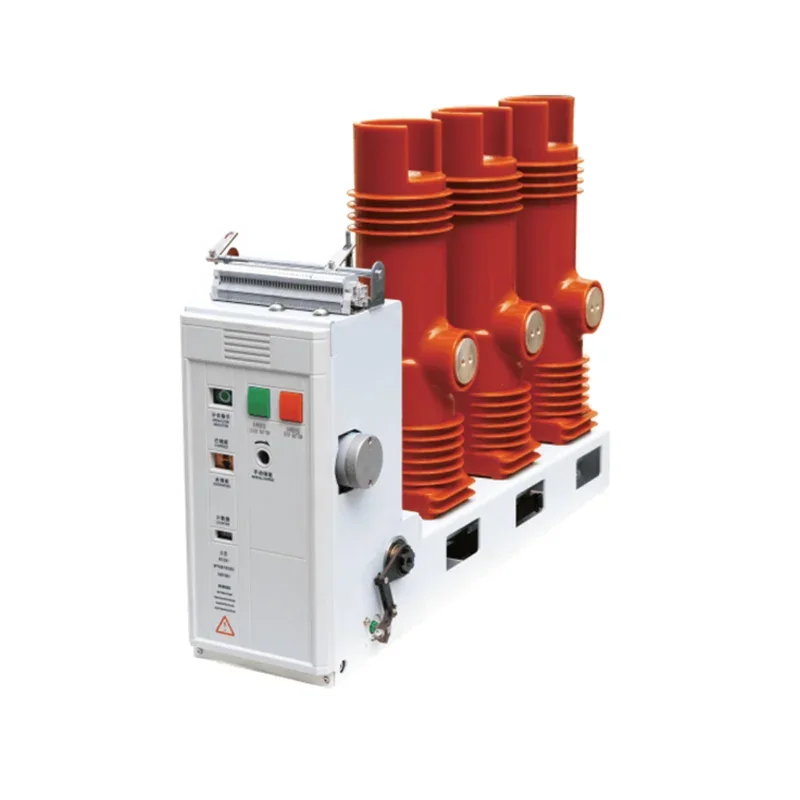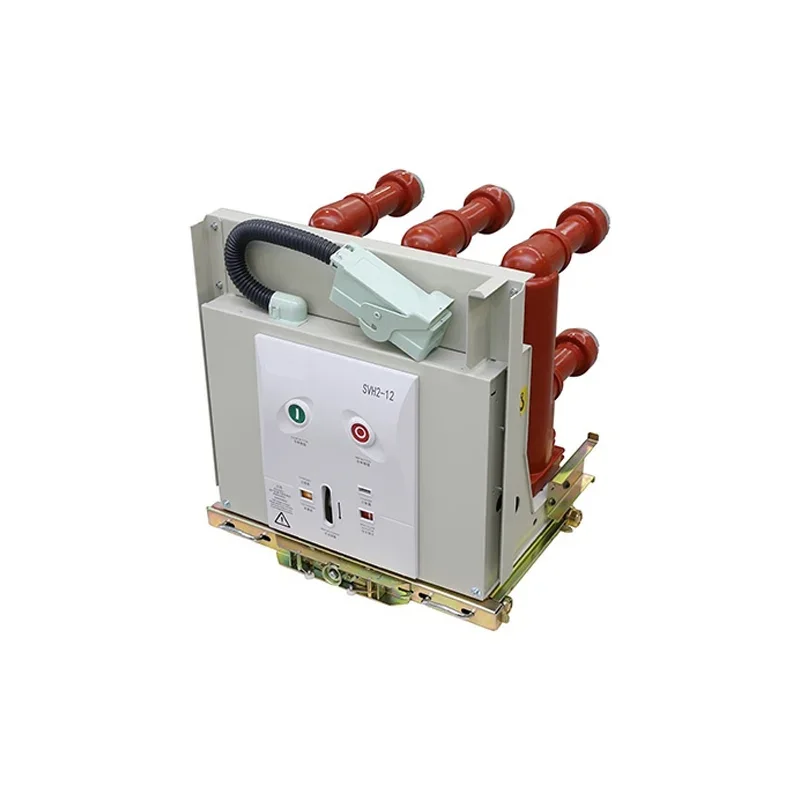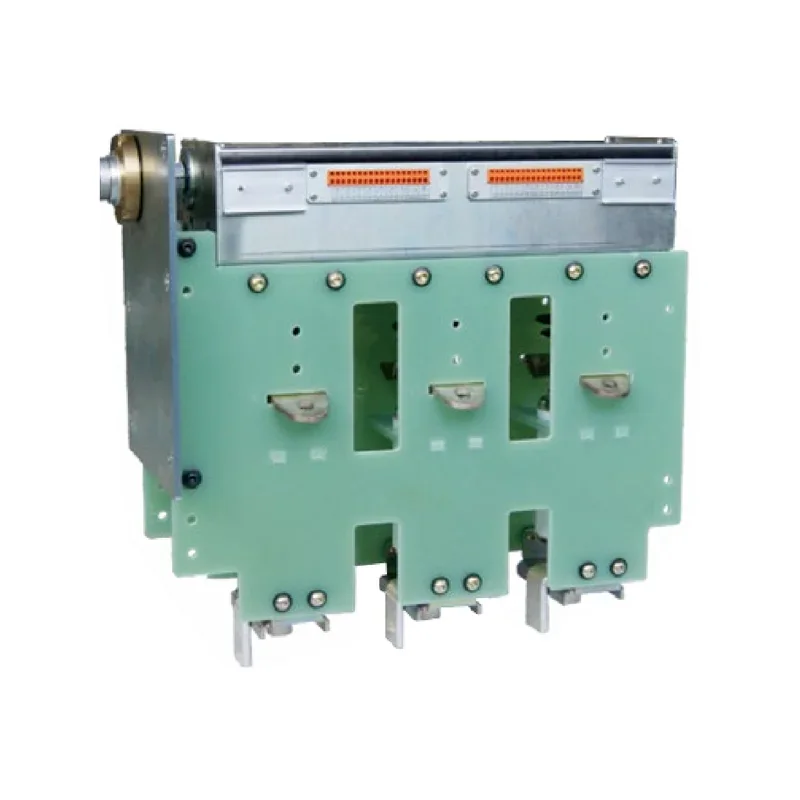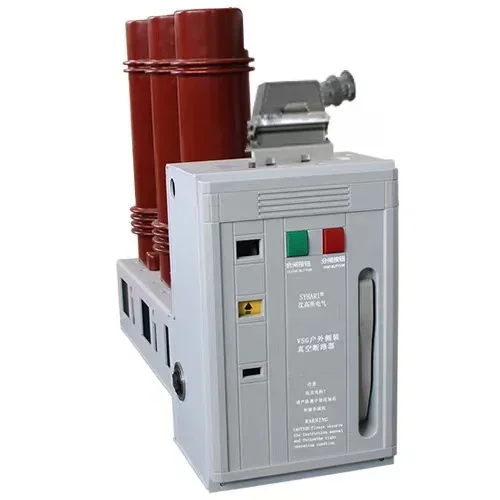Essential Insights into Switchgear and Switchboards for Electrical Professionals
Switchgear and switchboards are fundamental components in low-voltage electrical systems, playing a critical role in the distribution and management of electrical power. Understanding these elements can significantly improve the efficiency and safety of electrical installations. **Switchgear:** This term encompasses a variety of devices that control, protect, and isolate electrical equipment. Swit
Jul 10,2025
**Switchgear:** This term encompasses a variety of devices that control, protect, and isolate electrical equipment. Switchgear is categorized mainly by its operating voltage, which can be low, medium, or high voltage. In the context of low-voltage applications, switchgear typically includes circuit breakers, disconnectors, and fuses, designed to handle voltages up to 1,000 volts AC or 1,500 volts DC. The primary function of switchgear is to ensure safe and reliable operation by interrupting fault currents, providing overload protection, and enabling maintenance by isolating equipment.
**Switchboards:** In contrast, switchboards are assemblies of panels that distribute electrical power to various circuits. A switchboard typically includes multiple switches, fuses, and circuit breakers, allowing for effective control of electrical distribution within a facility. These installations are crucial for managing the flow of electricity, ensuring that power is efficiently delivered to various loads while maintaining safety and operational integrity. Switchboards are designed for easy access, enabling quick adjustments and maintenance without causing disruptions in power supply.
**Applications and Importance:** In commercial and industrial settings, switchgear and switchboards are vital for managing power distribution. They help in protecting electrical circuits from overloads and faults, thereby preventing potential damage to equipment and reducing the risk of fire hazards. Moreover, the integration of modern technologies, such as smart monitoring systems, enhances the functionality of these devices, allowing for real-time assessment and control of electrical systems.
**Regulatory Standards:** Compliance with industry standards and regulations is critical when selecting and installing switchgear and switchboards. Familiarity with local codes, such as the National Electrical Code (NEC) in the United States or the International Electrotechnical Commission (IEC) standards worldwide, ensures that installations are not only safe but also efficient. Understanding these regulations aids electrical professionals in making informed decisions about the equipment they choose and how they implement it.
**Conclusion:** In summary, switchgear and switchboards are indispensable components of low-voltage electrical systems. Mastery of their functionalities, applications, and regulatory requirements is essential for electrical professionals aiming to optimize their work. As the industry evolves, staying informed about advancements and best practices in switchgear and switchboards will enhance safety, efficiency, and reliability in electrical installations.
Related News
From June 5th to 8th, 2025, Shenzhen Dongshengyuan Electrical Equipment Co., Ltd. (hereinafter referred to as "Dongshengyuan Electric") participated in the Southeast Asia Electricity and Energy Exhibition (SEAPAE) held in Jakarta, Indonesia. During the exhibition, the company highlighted its three core product lines: high-voltage and low-voltage distribution switchgear, intelligent circuit breakers, and environmentally friendly load switches. These products are designed to provide targeted solutions for the high temperature and high humidity environments commonly found in Southeast Asia, as well as the growing demand for new energy access. They have successfully attracted over 200 industry customers for business negotiations.
The difference between circuit breakers and vacuum circuit breakers
Circuit breaker is an abbreviation for pole type circuit breaker. Circuit breakers are also vacuum circuit breakers

